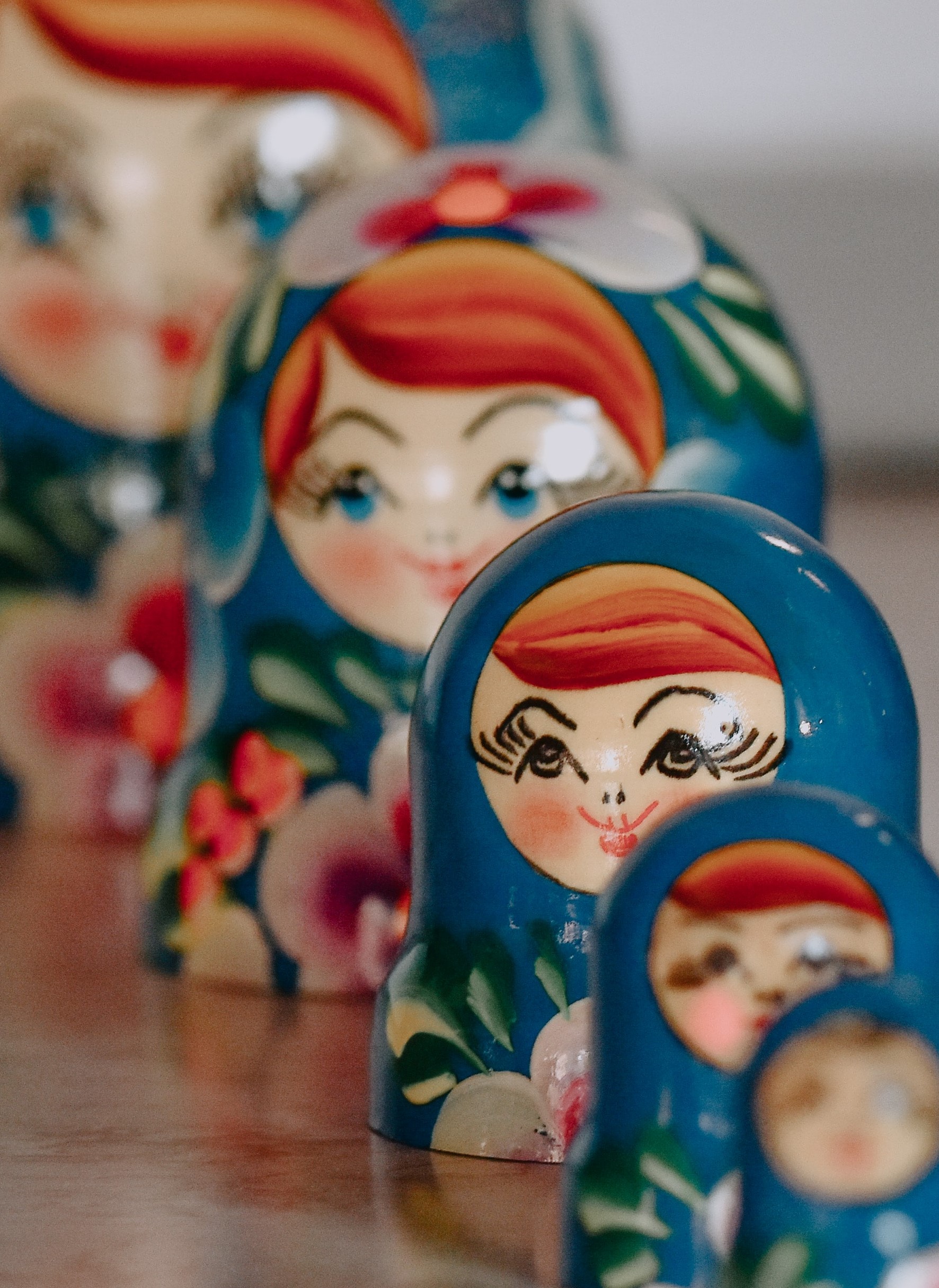When I started practicing yoga about 10 years ago, with the only idea of doing some exercise, I soon realised that a new relationship with myself was building up. A new way of paying attention to the body, the breath and the mind started building up a connection with deeper parts of myself, and it was this gate into my unknown self that kept me wanting to know more about Yoga.
It is well-known in modern Western life that stress or emotional afflictions can affect our bodies creating tension and illnesses and a far from ideal quality of life. It is the balance between all the aspects in our lives that create harmonious health and wellbeing.
Early in Yoga philosophy, it is through the observation of our consciousness, that different layers, sheaths or structures in our minds are found and explained in the Vedantic Taitiriya Upanishad (Koshas) and Yoga Sutras of Pantanjali (Sukshma). These layers are interconnected, affecting each other and it is through the practice of Yoga, meditation, breathwork Pranayama). that we achieve a better communication or flow of energy between them.
The first and most outer layer is Annamaya Kosha. It is composed of our body matter, skin, muscles, bones… This Kosha is called the “sheath of food” as it is best nourished by consuming the right foods, and altered by eating the wrong type of food for our bodies. Asana, and physical practice is essential to this layer.
Behind the Annamaya, we find the Pranamaya Kosha, the “sheath of energy”. It comprehends our lymhatic system, endocrine system, blood circulation system and other physiological structures. It particularly benefits from the practice of breathwork or Pranayama, which facilitates the movement of energy and brings balance to these systems. Asana, or physical practice, also contributes to the good functioning of this Kosha.

The next layer is Manomaya Kosha, it comprehends the basic functions of the mind. In this layer thoughts and emotions get processed and the physical body is operated reflexively by our nervous system after receiving information from our senses.
This layer is where we form our interpretations about life, it is where we shape and give meaning to our experiences, where we identify with certain events happening to us. It is where we create diversity and individuality as opposed to union.
Since manomaya obtains information from our perceptions, a harmonious environment, where there is fun, stimulating challenges, supportive relationships, a good diet, will benefit this aspect of the mind.
Learning to explore manomaya kosha, being aware of its processes and give them shape, responding to the environment instead of reacting to it, it is very important for our mental health. This is facilitated through meditation, specially mantra meditation and pranayama. It is also beneficial the practice of mauna (noble silence), spending less time on unhelpful activities and relationships.
In some cases where anxiety, depression or other problematic emotions are present, meditation may not be the most helpful tool and other practices such as Karma Yoga (being of service and caring for somebody), Bakti chanting, traatak, dhyana or dharna can be beneficial.
Vijnanamaya kosha or the subtle mind (the intellect) is the next layer. It is the part of the mind involved in studying, the one that draws conclusions, the one that discerns and creates beliefs and it is engaged in learning, growth and experience, chooses between useful and not useful. It is the sheath of wisdom under the processing/thinking aspect of the mind.
This aspect of our mind gets nourished by growth and learning, it is favoured by a supportive environment, benefited by asana, pranayama and meditation, and more specifically by tantra and the practice of good intention.
Boredom is the main affliction of Vijnanamaya.
Anandamaya Kosha, bliss. Anandamaya is the peace, joy and love beyond the mind, independent of any stimulus. It is a state of mind that does not change, not even birth or death can change that experience. This is the final veil that stands between our ordinary awareness and our Higher Self. It is only experience when all the other sheaths are peeled away and we can get a glimpse of that when we are free from our thoughts or actions. It can come and go due to the appearance of life’s distractions and through practice it can be increased gradually over time.
The transition from Vijnanamaya to Anandamaya is referred by Patanjali as the accomplishment of Yoga. It is such an important stage in the ascent of awareness that a whole section is dedicated in the Yoga Sutras. Working regularly with Vijnanamaya may then conduct to Anandamaya kosha.
We can get closer to Anandamaya through selfless service, opening our heart to our unity with other beings, connecting to other people, to a greater source through the practice of Bhakti yoga devotion to God) or Samadhi (intensely meditating opening our heart to our own divine being)
I invite you to work with the Koshas, paying attention to them, nourishing them to achieve better health, wisdom and balance and enrichment in all areas of life.

